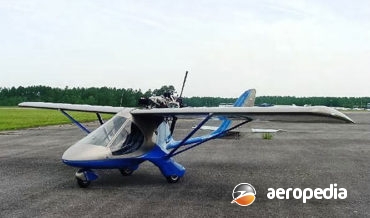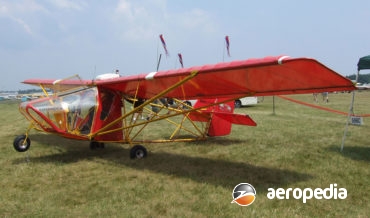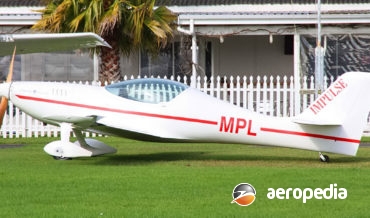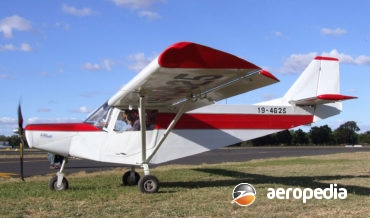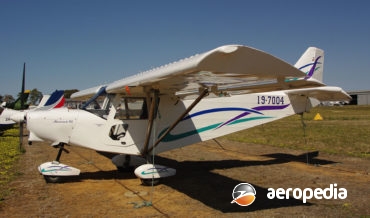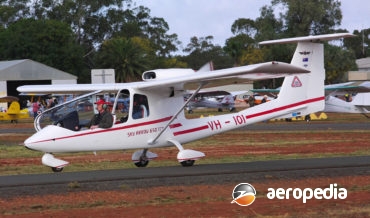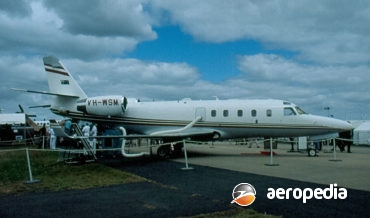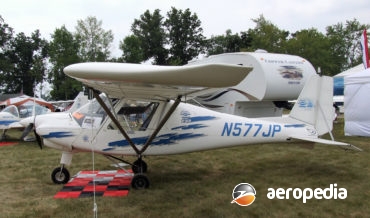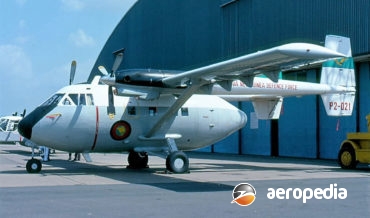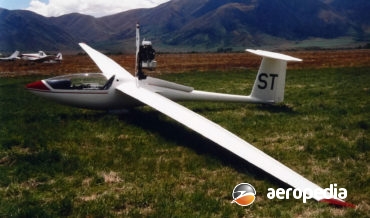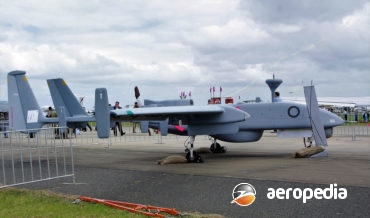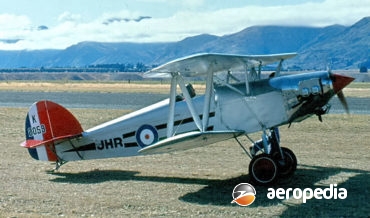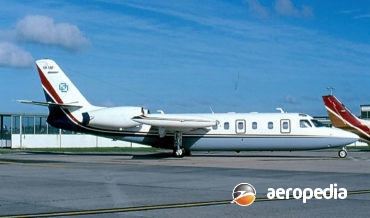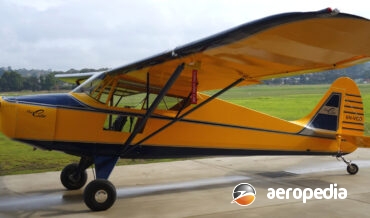All Contents
Contents
In May 2003 Mr Lance Watson gave evidence to the Australian House of Representatives Transport and Regional Services Committee of a proposal by his Company to develop an aircraft able to serve remote communities at ‘bus fare prices’.
David C. Eyre
- May 25, 2020
The Candid military and civil freighter, as it became known by NATO, was designed by the Sergei Ilyushin Bureau under the leadership of Gerikh Novozhilov.
David C. Eyre
- May 19, 2019
The Skyboy two-seat light touring and training aircraft is available in kit form from Interplane SRO in Letiste Zbraslavice in the Czech Republic.
David C. Eyre
- May 8, 2019
The T-Bird is a light aircraft aimed at the ultra-light market and is described as agile and stable. It has been manufactured in the United States by Indy Aircraft at Independence in Indiana and has been in production for over 25 years in various forms.
David C. Eyre
- May 8, 2019
The Impulse is a high-performance German designed light aircraft aimed at the ultralight market but which may be completed to meet general aviation regulations.
David C. Eyre
- May 8, 2019
In 1955 the Soviet Council of Ministers directed engine builders Kuznetsov and Ivchenko to develop new turboprop engines, and Ilyushin and Antonov to design an airliner to use these engines.
David C. Eyre
- May 8, 2019
IRMA (Aircraft Construction Factory) at two facilities at Brasov and Bucharest has for many years produced a series of high-performance gliders, including the IS-28M2 powered series.
David C. Eyre
- May 8, 2019
The Bingo is one of a series of light sporting aircraft produced in kit form for the amateur constructor by ICP of Piova Massaia in Italy.
David C. Eyre
- May 8, 2019
On 28 September 2010 the FAA in the United States issued a Light Sport Aircraft Certificate to the Maverick Sport light aircraft, this being a new variant of what had become known as the Flying dune buggy, a flying car developed by Steven Saint and his partners at Indigenous People’s
David C. Eyre
- May 8, 2019
The Savannah is a light touring monoplane produced in kit form by I.C.P srl at Piova Massaia in Italy
David C. Eyre
- May 8, 2019
The Mamba was named after the company which conceived the design, the Melbourne Aircraft Manufacturing Basic Aircraft Project, and the prototype VH-JSA (c/n P-001) first flew on 25 January 1989 fitted with a 87-kw (116-hp) Textron Lycoming O-235 engine.
David C. Eyre
- May 8, 2019
The Sky Arrow is produced in a number of models by Iniziative Industriali Italiane SpA in Italy as a light two in-tandem sport and training aircraft, the first flight of the prototype being made in March 1993.
David C. Eyre
- May 8, 2019
In 1961 the Bethany Division of Aero Commander announced it would develop a new high-speed executive transport to be known as the Jet Commander 1121.
David C. Eyre
- May 8, 2019
The Ikarus C22 Fox ultra-light was designed by Hans Gigax in 1982 and was first imported to this region from Switzerland in early 1985 by the Australian distributor at Bondi, NSW, the first order being for ten aircraft.
David C. Eyre
- May 8, 2019
The Astra SP and SPX series is a descendant of the Westwind, of which more than 440 examples were built.
David C. Eyre
- May 8, 2019
The C42 is produced by Comco Ikarus GmbH at Hohentengen in Germany as a two-seat light sporting aircraft for the ultra light market, and is available as a complete aircraft or in kit form.
David C. Eyre
- May 8, 2019
The Arava was designed by Israel Aircraft Industries as a STOL light transport for civil and military use and it was produced in two variants, the IAI-101 and the IAI-201, examples being supplied to a number of air forces.
David C. Eyre
- May 8, 2019
The Pik-30 is a French built self-launched glider designed by Messrs Pekka Tammi and M Moniot. It is a single-seater and the wings and tail surfaces are of GFRP sandwich with a PVC core; and the fuselage structure is of GFRP monocoque structure reinforced with carbon fibre.
David C. Eyre
- May 8, 2019
The Heron, or Machatz-1, is an un-manned aerial vehicle developed by the Malat division of Israel Aircraft Industries to fulfil the role of medium altitude long-endurance operations in the Middle East, being able to fly at altitudes up to 10,668 m (35,000 ft) and remain in the air for up
David C. Eyre
- May 8, 2019
In 1961 John O Isaacs of Southampton in the United Kingdom commenced the design of a seven-tenths scale wooden replica of one of Britain’s most famous biplane fighters, the Hawker Fury, which saw service with the RAF in the 1930s.
David C. Eyre
- May 8, 2019
In 1976 IAI began to promote a maritime reconnaissance variant of the Westwind 1124N using experience it had gained from the Model 1123, a variant of which was developed to meet a US Coast Guard requirement, a competition being held, but which lost out to the Dassault Falcon 20.
David C. Eyre
- May 8, 2019
Photograph: Ireland Meteor G-AUFQ (c/n M.8) at Mascot, NSW in 1928 (Frank Walters collection) Country of origin: United States of America Description: Four-seat touring biplane Power Plant: One 67 kw (90 hp) Curtiss OX-5 eight-cylinder VEE liquid -cooled engine Specifications: Wingspan: 9.44 m (31 ft) Length: 7.31 m (24 ft)
David C. Eyre
- May 8, 2019
Designed by the Aero Commander company in the USA as a jet executive transport to augment its range of business and executive aircraft, the first of two Aero Commander 1121 prototypes was flown for the first time on 27 January 1963, followed by the second prototype on 14 April 1964.
David C. Eyre
- May 8, 2019
In 1925 Mr G S Ireland of Garden City, New York, a former salesman for Curtiss Aeroplane & Motor Co Inc, entered the field of light aircraft production.
David C. Eyre
- May 8, 2019
The GS240 was an all-metal, high-wing, two-seat light sport aircraft built by IBIS aircraft. Built to the specifications and performance required by the American Light Sport Aircraft category, it was made available on the US Market in “Quick-build kit” form which met the 51% rule, and also permitted the
David C. Eyre
- May 8, 2019
The Interstate Cadet was a two-seat in tandem high-wing single-engine monoplane produced by the Interstate Aircraft & Engineering Corp based in El Segundo, California and during 1941 and 1942 a total of about 320 examples was produced, mainly for the US military.
David C. Eyre
- May 8, 2019
Recent Comments
Archives
Categories
- No categories
Categories
- No categories
Latest Posts
Newsletter



